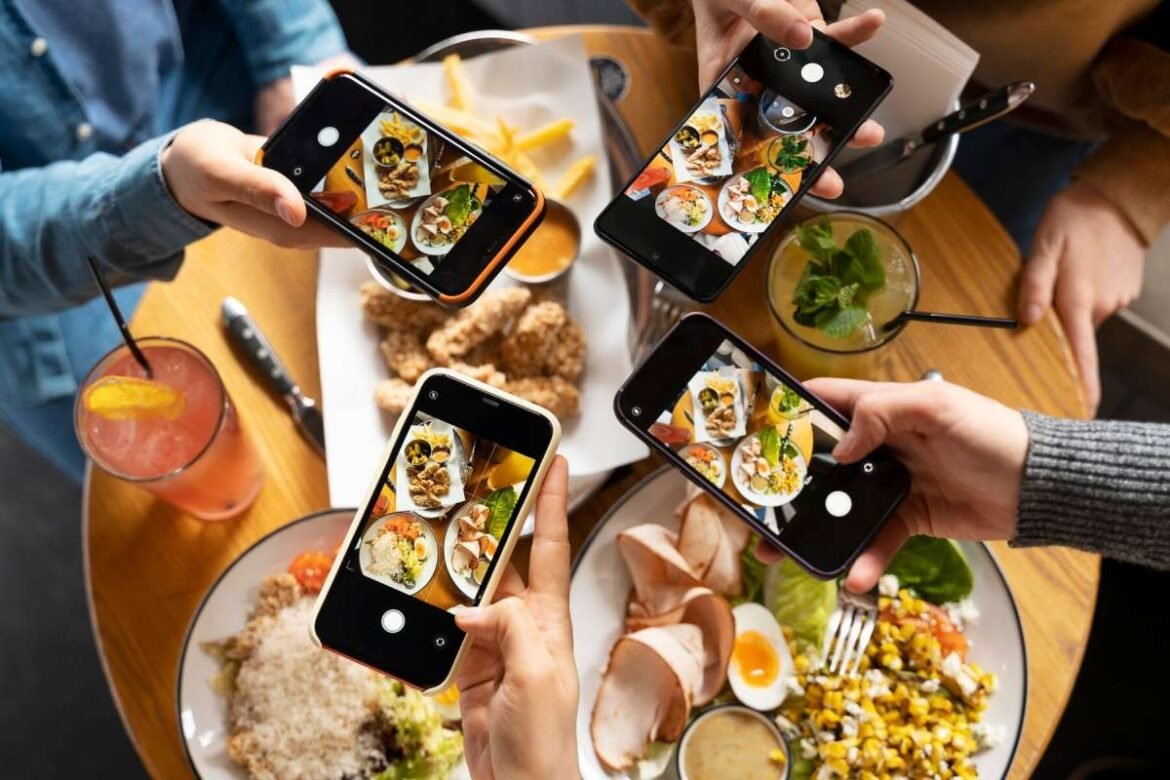
Food photography has become a significant part of our daily lives, especially with the rise of social media platforms like Instagram and Facebook. Capturing and sharing images of meals, including popular items from Wendy’s Menu, has evolved from a simple hobby to a cultural phenomenon, influencing our eating habits and perceptions of food. This article explores how food photography changes the way we eat, delving into its history, psychological effects, and impact on dining experiences.
The Evolution of Food Photography
The journey of food photography began in the early 19th century with still-life paintings and has transformed remarkably over time. Initially, photographs of food resembled traditional still-life compositions, focusing on realism and meticulous detail. As technology advanced, especially with the advent of digital cameras and smartphones, food photography became more accessible to the general public. This democratization led to the proliferation of food images on social media, where individuals share their dining experiences with a global audience. The trend, often referred to as “camera eats first,” highlights the cultural shift towards visually documenting meals before consumption.
Psychological Effects of Viewing Food Images
Viewing appetizing food images can stimulate hunger and cravings, even without the presence of actual food. This phenomenon, sometimes called “visual hunger,” suggests that exposure to food photography can trigger the desire to eat, potentially leading to increased food intake. Studies have shown that seeing images of indulgent foods can activate reward centers in the brain, similar to the response elicited by actual eating. Consequently, constant exposure to such images on social media may influence eating behaviors and dietary choices.
The Role of Social Media in Food Trends
Social media platforms have become powerful tools for setting food trends and shaping public perceptions of what is desirable to eat. Influencers and food bloggers often showcase aesthetically pleasing and innovative dishes, which can inspire followers to try new foods or dining experiences. This visual exposure can lead to the popularization of certain cuisines, ingredients, or dietary practices, as people seek to emulate what they see online. However, this trend can also promote unrealistic expectations about food presentation and lifestyle, potentially impacting individuals’ self-esteem and body image.
Read more about : https://cubanribs.com/
Impact on Dining Experiences
The practice of photographing food before eating has altered the traditional dining experience. In restaurants, it’s common to see patrons taking pictures of their meals to share on social media. While this can serve as free marketing for establishments, it may also disrupt the dining atmosphere and affect how people engage with their food and companions. Some restaurants have even implemented policies restricting food photography to maintain the ambiance and encourage guests to focus on the culinary experience.
Influence on Eating Habits
Food photography doesn’t just affect what we eat but also how we eat. The emphasis on visually appealing dishes can lead individuals to prioritize appearance over nutritional value, potentially influencing dietary choices. Moreover, the act of photographing food can enhance the eating experience by increasing anticipation and mindfulness, which may lead to greater satisfaction and enjoyment of meals. However, it can also contribute to disordered eating patterns if individuals become overly concerned with how their food looks rather than how it nourishes them.
Conclusion
In conclusion, food photography significantly changes the way we eat by influencing our perceptions, cravings, and dining behaviors. A fusion of heritage and opulence, it offers a platform for creativity and connection, while also reminding us to be mindful of its potential impacts on our eating habits and overall relationship with food. By understanding these effects, we can make more informed choices about how we engage with food imagery in our daily lives.


